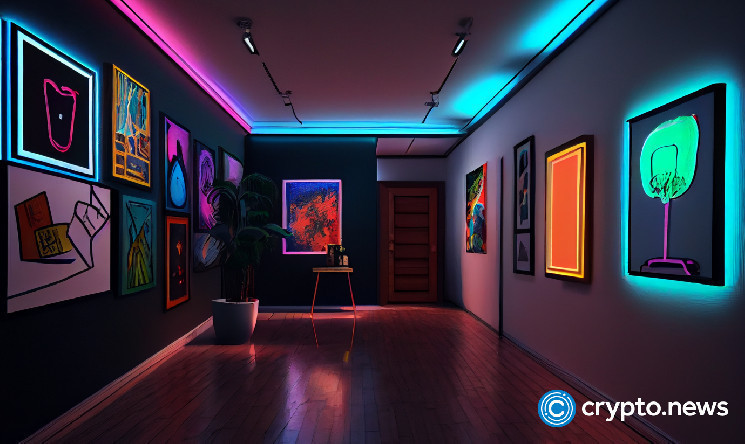In recent years, we’ve witnessed the convergence of the physical and digital worlds, giving rise to a new phenomenon known as the “phygital.” Combining elements of both real-world and online spaces, the phygital landscape evolves continually as it seeks to redefine the way we interact with objects and information. Among the latest frontiers of this ongoing revolution is Non-Fungible Tokens (NFTs), which are blockchain-based digital assets that represent ownership or provenance of physical or intangible items.
Leading this charge is Neo, a Chinese blockchain platform founded in 2014, which aims to catalyze NFT activity by unveiling its latest phygital device. Neo’s novel innovation comes in response to the exponentially growing demand for NFT-related products and services, and could potentially change the way we perceive and engage with digital collectibles.
While Neo has primarily focused on developing a powerful, decentralized platform for smart contracts, the exciting potential of NFTs hasn’t gone unnoticed by the company. Tapping into this trend, Neo has created a new device engineered to transform ordinary objects into NFTs, thereby opening up a seemingly infinite world of opportunities for collectors, creators, and everyday consumers alike.
So how does Neo’s phygital device plan to boost NFT activity? The technology brings to the table a simple but powerful premise: allowing artists and other content creators to transform their tangible creations into digital ones. This process, which Neo calls “physical NFTization,” essentially involves capturing the properties of an item – including its appearance, dimensions, and even its unique imperfections or peculiarities – and transforming them into a digital representation that can be traded, bought or sold on the blockchain.
Take, for example, a painting created by a local artist. In the past, collectors might have engaged in bidding wars for the physical work, leading to a rapid increase in value. With Neo’s phygital device, the artist can now create an NFT representation of their painting and sell it on an NFT marketplace, allowing both physical and digital collectors to enter the fray. The physical ownership of the painting may still hold sway over collectors, but the NFT allows digital patrons to participate in the art world, democratizing the collecting process and expanding the pool of potential buyers.
The implications of such an innovation are huge, not only for the art world, but for other industries as well. For instance, luxury goods brands can use Neo’s phygital device to create NFTs of their products, bringing the exclusivity of high-end fashion to the digital universe. Users could purchase and trade NFTs of limited edition shoes, bags, or timepieces, just as they would for their physical counterparts.
Furthermore, these NFTs could also serve as an effective anti-fraud measure – particularly in industries plagued by counterfeits. By assigning a unique, blockchain-backed digital identity to each item, Neo’s technology can ensure its verifiable provenance and authenticity, rendering copied or fake merchandise virtually obsolete.
The possibilities extend to other industries, too. For example, in the music world, artists could create NFTs of limited edition albums or merchandise, adding an extra layer of uniqueness and providing fans with a new way to connect with their favorite musicians. Or, in the world of sports memorabilia, Neo’s phygital device could help both collectors and athletes ensure the authenticity of signed jerseys or game-used equipment, as well as offer rare, digital collectibles with the ease of a smartphone app.
As phygital experiences continue to gain traction, it’s clear that Neo’s innovative device has the potential to revolutionize the way we trade, collect, and interact with the objects in our world. By combining the best aspects of digital and physical ownership, Neo aims to democratize access to a vast array of experiences, artifacts, and items, making them accessible to enthusiasts and collectors worldwide.
Not only does this development hold immense promise for the future of e-commerce, but it also presents exciting opportunities for industries and creatives across the globe. As NFTs continue to evolve and grow, Neo’s phygital device is poised to transform the landscape of digital art, fashion, music, and more, driving unprecedented levels of interactivity and fostering new possibilities for the emerging phygital world.
In conclusion, the unveiling of Neo’s phygital device marks an exciting milestone in the ongoing fusion of our physical and digital existences. By pioneering innovative solutions that promote NFT adoption and engagement, the company is ushering in a new era of collectibles, and paving the way for a more connected, inclusive, and decentralized future.


